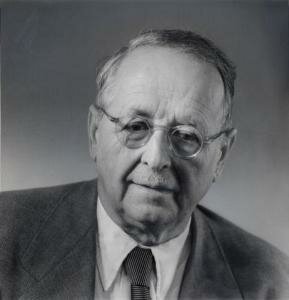The intrinsic curvature of a space is a subtle concept; it took a lot of hard work to formulate, clarify and crystallize its most prominent measure, the Riemann curvature tensor. Now that that work is done, of course, you can learn about it even in some undergraduate courses. Perhaps you start with a rigorous definition, then see a geometric interpretation, and compute the curvature tensor for a few example spaces. You may get a little mystified in the beginning, but as you come across it in various contexts, read about alternative definitions and interpretations, and see theorems where it plays a fundamental role, the mystery slowly disappears—or appears to. Perhaps at some point, you start to think it doesn’t seem that scary anymore.
Here are two quotes from famous geometers—two people who probably have as intimate an understanding of curvature as anybody—to help you keep your guard up.
The curvature tensor of a Riemannian manifold is a little monster of (multi)linear algebra whose full geometric meaning remains obscure.
–Mikhail Gromov, Sign and Geometric Meaning of Curvature
Do not despair if the curvature tensor does not appeal to you. It is frightening for everybody.
–Marcel Berger, A Panoramic View of Riemannian Geometry
I came across the first quote recently, but had seen the second one a while ago, while browsing Berger’s delightful book (which is great for leisure reading, if you are into the subject—lots of informal and intuitive comments, puzzles, history, all written in a fun and refreshing style).
 “Milnor’s octahedron”
“Milnor’s octahedron”
Berger also has a similar (and intriguing) comment about the Levi-Civita connection in his book. I had a fun email exchange with him about that comment once, but let me leave that to another time.
—
(See also: 1, 2)




